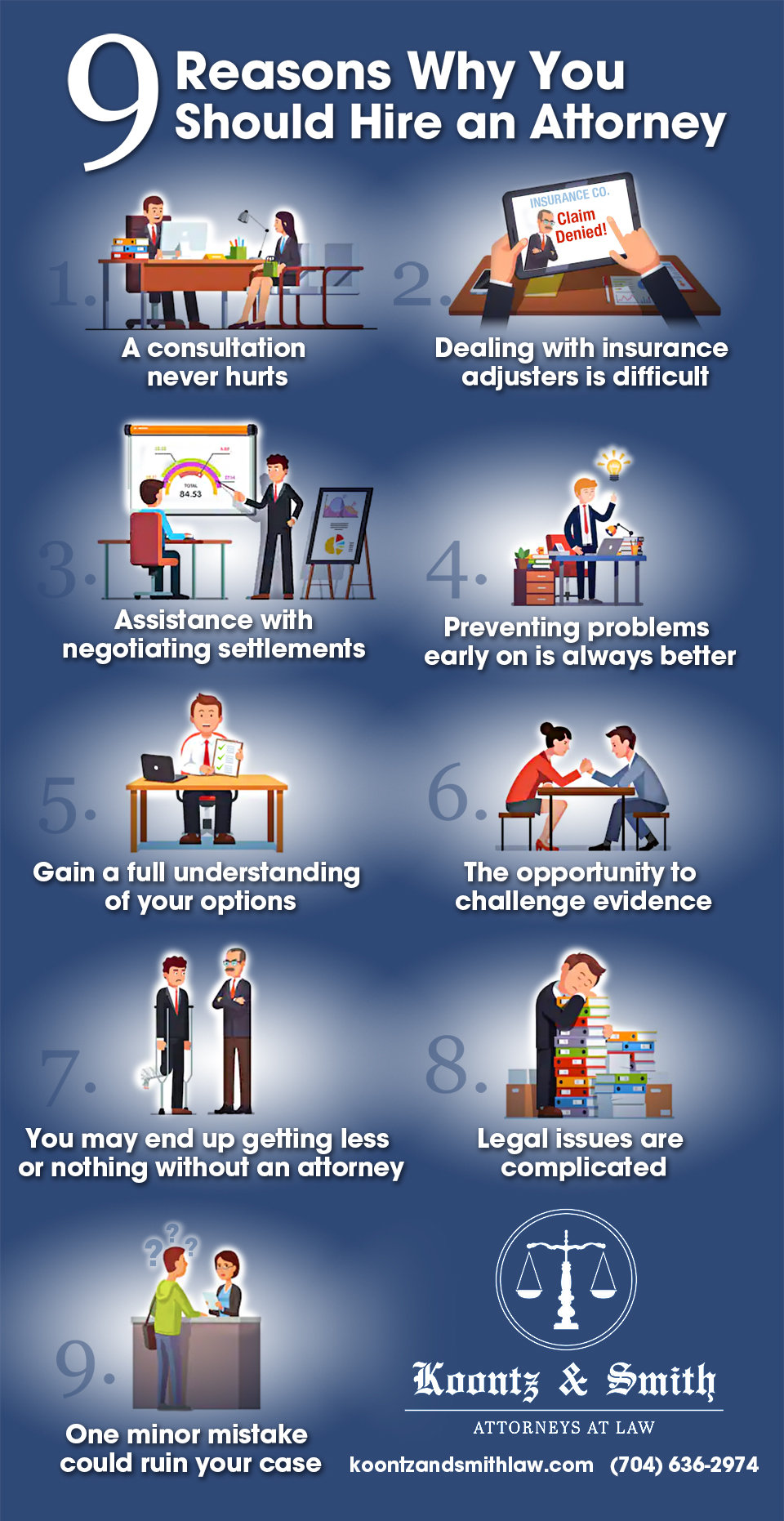The Criminal Test Process Explained: A Sequential Summary Of Each Action
The Criminal Test Process Explained: A Sequential Summary Of Each Action
Blog Article
Posted By-Hunt David
When you step into a criminal trial, you could be amazed by the structured process that unfolds. All of it starts with court selection, where prospective jurors are inspected for predispositions through a technique called "voir dire." After that, both sides present their opening declarations, setting the stage for the proof and testaments to comply with. You'll see how the prosecution and defense construct their situations, but what happens next can substantially influence the outcome. Recognizing these stages can expose the intricacies of justice, but there's more to uncover concerning the critical moments that comply with.
Jury Option Process
When it involves the jury choice procedure, you're diving into a vital phase of a criminal trial. This procedure, frequently called "voir dire," involves questioning possible jurors to ensure they're impartial and with the ability of providing a fair judgment.
You'll see both the prosecution and defense attorneys getting involved actively, each aiming to select jurors that straighten with their instance's narrative.
Throughout voir dire, you'll notice that lawyers ask questions regarding jurors' histories, beliefs, and experiences. Their goal is to identify any type of pre-existing prejudices that could influence a juror's decision. As a juror, you could feel a mix of anxiousness and inquisitiveness, but your sincerity is vital.
After questioning, attorneys can test certain jurors for cause if they think a juror can't continue to be impartial. They can also use a minimal number of peremptory difficulties to disregard jurors without mentioning a factor.
Trial Phases Explained
The phases of a criminal trial play a vital duty in making certain a fair and structured procedure.
You'll first experience the opening statements, where both the prosecution and protection detail their cases. This establishes the stage of what's to find.
Next off, the prosecution presents its evidence and witnesses, aiming to confirm the offender's regret beyond a sensible question. You'll see straight exam followed by interrogation, permitting both sides to challenge the presented information.
After the prosecution rests its situation, it's the defense's turn. They'll present their evidence and witnesses, commonly concentrating on creating practical uncertainty. You'll observe that the defense doesn't have to prove innocence; they simply require to challenge the prosecution's situation.
Once both sides have presented their disagreements, you'll hear shutting declarations, where each celebration summarizes their instance. This is vital as it enhances their placements prior to the jury deliberates.
Throughout these phases, the judge guarantees that the test adheres to legal standards which the rights of both events are shielded.
Comprehending these phases will certainly assist you value the complexities associated with a criminal trial and the importance of each step in the search of justice.
Judgment and Sentencing
Nevertheless evidence has actually existed and arguments made, the jury or judge delivers a decision, figuring out the defendant's sense of guilt or virtue. If you become part of the jury, you'll deliberate with your fellow jurors, talking about the evidence and your perceptions. This procedure can take time, as you'll wish to guarantee everyone agrees on the verdict based upon the facts.
Once a verdict is reached, it's revealed in court. If the defendant is condemned, the next stage is sentencing. This is when the judge makes a decision the suitable penalty. You may notice that numerous elements affect the sentence, such as the extent of the criminal offense, the defendant's previous document, and any mitigating circumstances.
The judge might impose a range of sentences, from fines and community service to jail time. Occasionally, the protection or prosecution can provide arguments concerning sentencing, trying to sway the court's choice.
If the defendant is found not guilty, they're acquitted, and no punishment follows. Remember that a guilty judgment can commonly result in appeals, where the defendant may test the decision or the sentence enforced.
Conclusion
In a criminal test, you have actually seen how crucial each action is, from court option to the last verdict. You've complied with the prosecution and defense as they develop their instances, intending to persuade the court. Once read more concludes, the verdict figures out the result, and if the accused is found guilty, the sentencing phase starts. Recognizing these processes assists you value the intricacies of the justice system and the relevance of each function in guaranteeing a reasonable trial.
